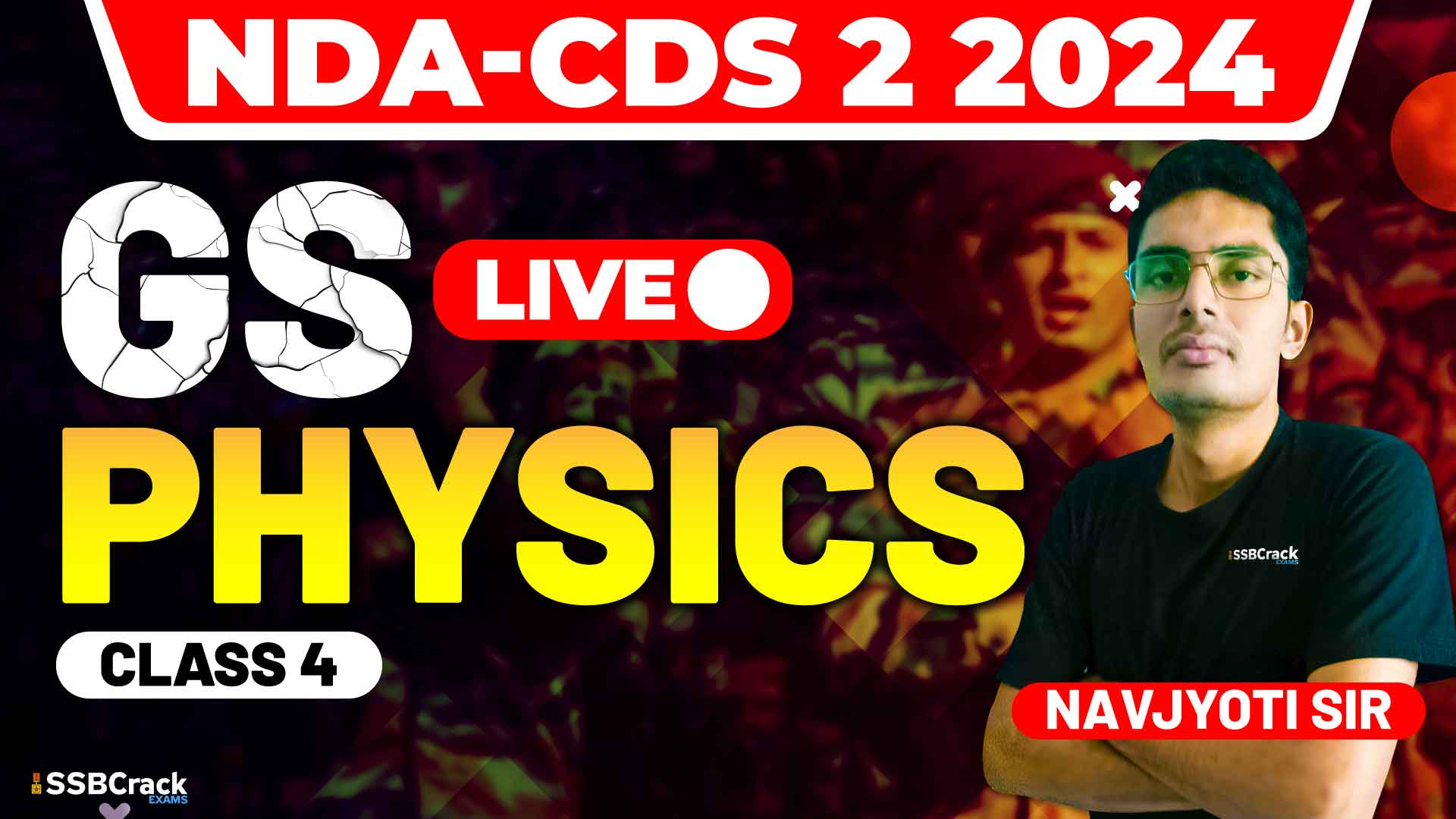The human eye is a remarkable organ that allows us to perceive the world in all its visual splendor. Understanding its structure, functioning, and related optical phenomena is crucial for students preparing for competitive exams like the NDA (National Defence Academy) and CDS (Combined Defence Services). In this article, we will explore the key aspects of the human eye, including its parts, common defects of vision and their corrections, the behavior of prisms, scattering of light, and the principles behind microscopes and telescopes. Our goal is to provide a clear and concise overview to help you grasp these concepts effectively.
The Human Eye and Its Parts
The human eye functions similarly to a camera, capturing light and converting it into electrical signals that the brain interprets as images. The main parts of the eye include:
- Cornea: The transparent, curved front surface of the eye that bends incoming light to help focus it.
- Pupil: The opening in the center of the iris that regulates the amount of light entering the eye.
- Iris: The colored part of the eye that controls the size of the pupil.
- Lens: A transparent, flexible structure that changes shape to focus light on the retina.
- Retina: The light-sensitive layer at the back of the eye that contains photoreceptor cells (rods and cones) which convert light into electrical signals.
- Optic Nerve: The nerve that transmits visual information from the retina to the brain.
Defects of Vision and Correction
Common vision defects arise when the eye’s ability to focus light is impaired. These defects can be corrected using various optical devices:
- Myopia (Nearsightedness): A condition where distant objects appear blurry because the eye focuses light in front of the retina. It is corrected using concave lenses that diverge light rays before they enter the eye.
- Hyperopia (Farsightedness): A condition where near objects appear blurry because the eye focuses light behind the retina. It is corrected using convex lenses that converge light rays before they enter the eye.
- Astigmatism: A condition caused by an irregularly shaped cornea or lens, resulting in blurred or distorted vision. It is corrected using cylindrical lenses that compensate for the uneven curvature.
- Presbyopia: An age-related condition where the eye’s lens loses flexibility, making it difficult to focus on close objects. It is corrected using bifocal or progressive lenses that provide different levels of magnification.
Prism – Refraction and Dispersion
A prism is a transparent optical element with flat, polished surfaces that refract light. When light passes through a prism, it bends (refracts) and separates into its constituent colors (dispersion). This phenomenon occurs because different colors of light travel at different speeds through the prism.
Scattering of Light
Scattering of light occurs when light rays encounter particles in their path and are deflected in various directions. The degree of scattering depends on the wavelength of light and the size of the particles.
Examples of Scattering
- Blue Sky: The sky appears blue because shorter wavelengths of light (blue) are scattered more than longer wavelengths (red) by the molecules in the atmosphere.
- Red Sunset: During sunset, the sun’s light passes through a larger thickness of the atmosphere, scattering shorter wavelengths and allowing the longer wavelengths (red and orange) to dominate.
Microscopes and Telescopes
Microscopes and telescopes are optical instruments that use lenses and mirrors to magnify and resolve images of small or distant objects.
Microscopes
Microscopes are used to view small objects that are not visible to the naked eye. They use a combination of objective and eyepiece lenses to achieve high magnification and resolution.
Telescopes
Telescopes are used to view distant objects, such as stars and planets. They collect and magnify light from these objects to produce clear images.
- Refracting Telescope: Uses lenses to gather and focus light. It is suitable for observing planets and moons.
- Reflecting Telescope: Uses mirrors to gather and focus light. It is ideal for observing faint and distant celestial objects.
Conclusion
The human eye and its related optical phenomena are fascinating topics that play a crucial role in our understanding of vision and light. For NDA and CDS aspirants, mastering these concepts can significantly enhance problem-solving skills and accuracy in exams. By understanding the structure and function of the human eye, common vision defects and their corrections, the behavior of prisms, the scattering of light, and the principles behind microscopes and telescopes, candidates can tackle a variety of questions with confidence.
Incorporate these insights into your study routine, practice regularly, and make use of diagrams and examples to solidify your understanding. With a strong grasp of the human eye and related optical concepts, you will be well-prepared to excel in the physics section of your NDA and CDS exams.



















